A new material helps robots analyze and navigate their environments by scanning codes invisible to the human eye.
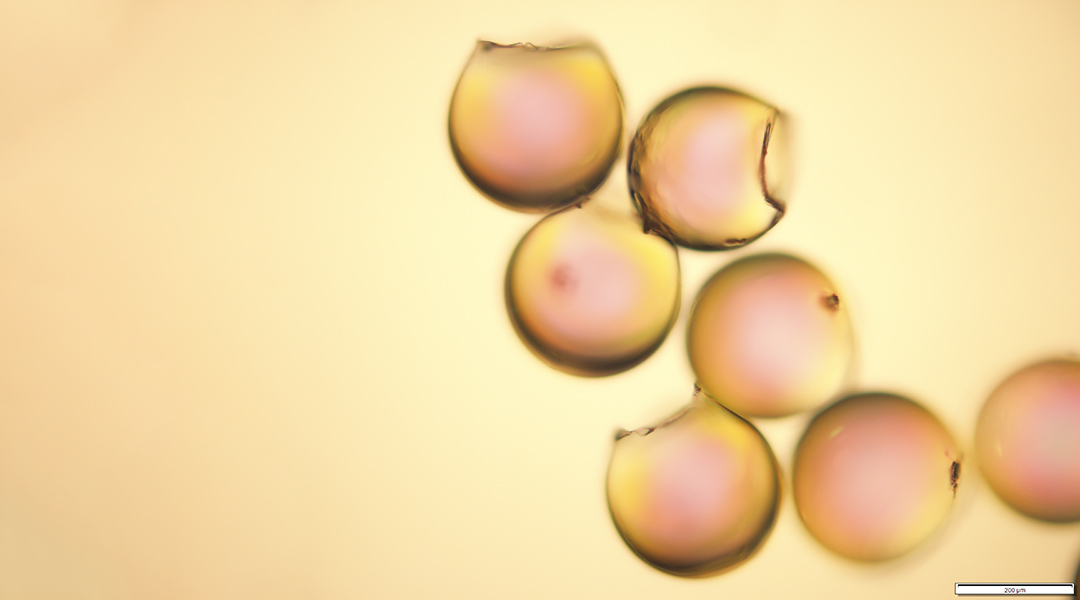

A new material helps robots analyze and navigate their environments by scanning codes invisible to the human eye.

Asteroids are always pelting Earth, but what happens if the big one comes along? The European Space Agency’s new asteroid telescope is coming to the rescue.
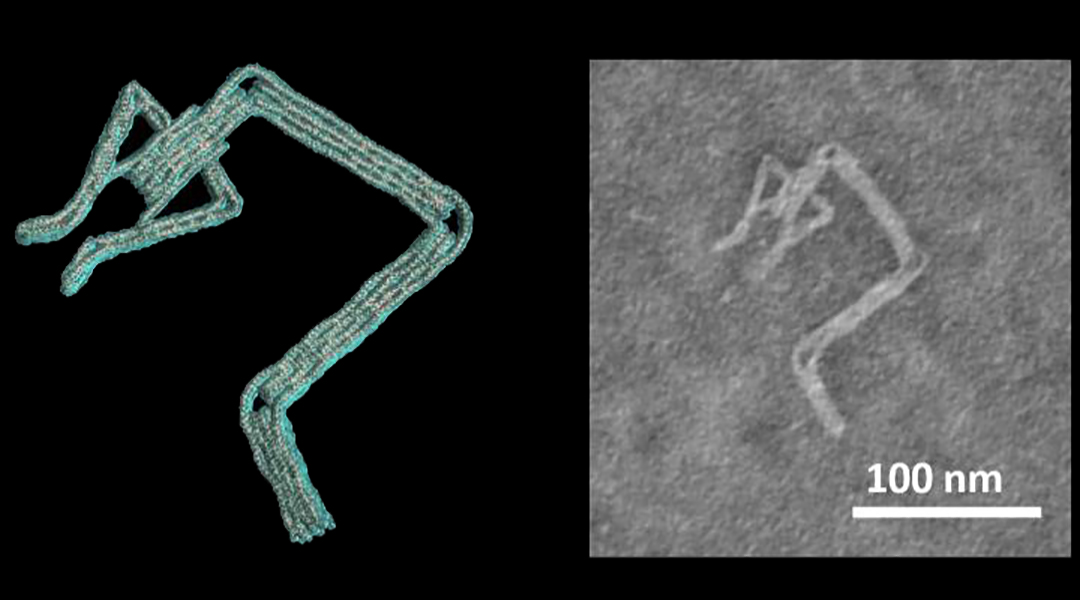
New software allows researchers to create complex structures from DNA, such as robot arms with claws and nanometer-sized airplanes.
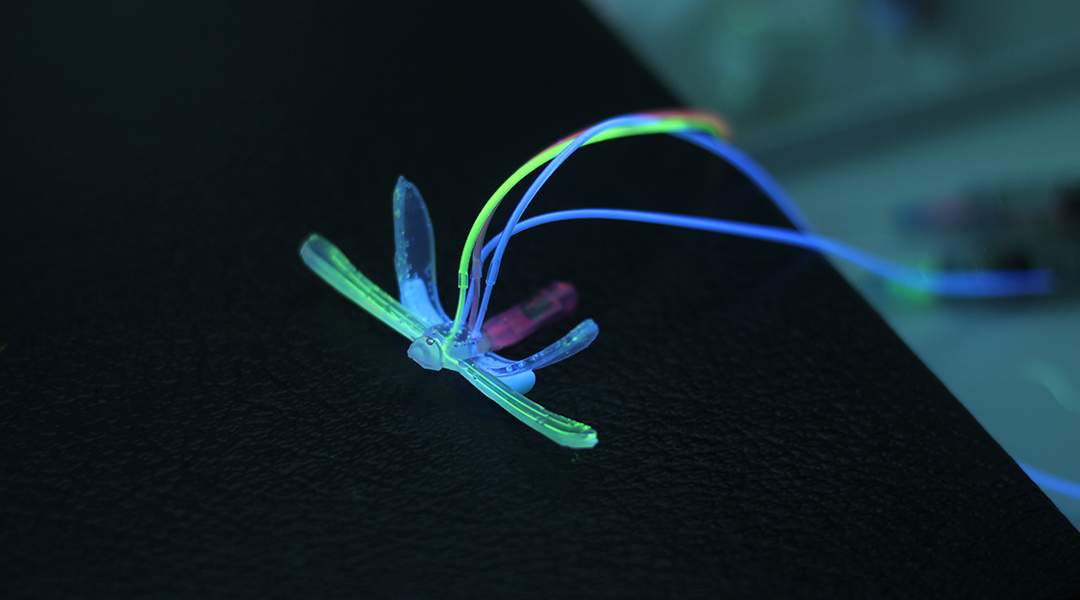
Electronics-free DraBot uses air pressure, microarchitectures, and self-healing hydrogels to watch for changes in pH, temperature, and the presence of contaminants.
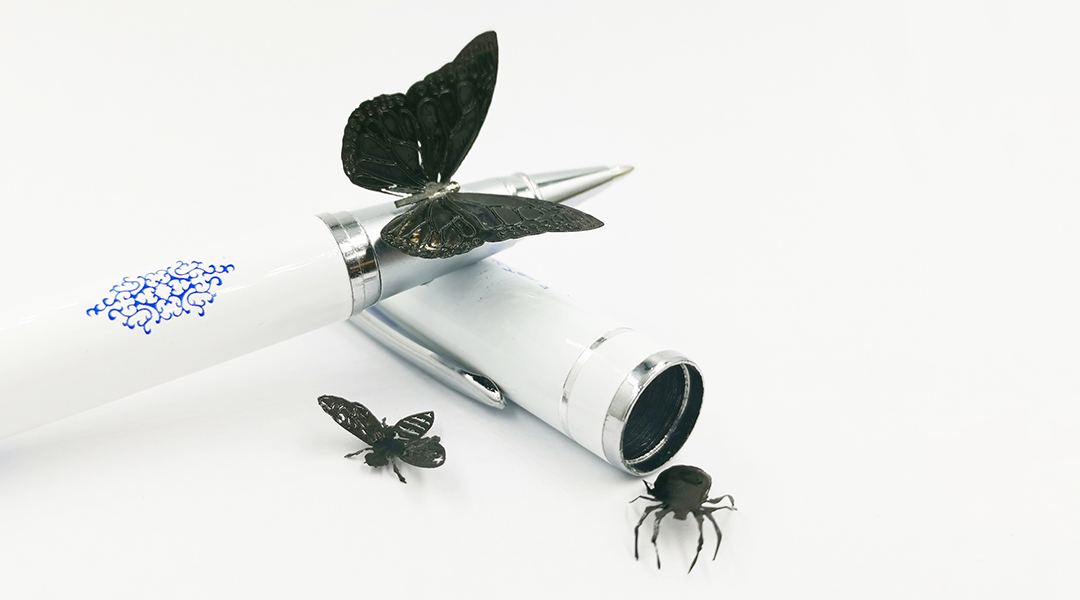
Researchers recreate the somatic nervous system in robots, allowing them to convert feeling into movement under different stimuli.

A gelatin-based hydrogel allows researchers to create a flexible, remote controlled robot capable of squeezing through tight spaces.

Researchers create new soft electrostatic zipping actuators manufactured through an integrated printing process for next generation soft robotics.
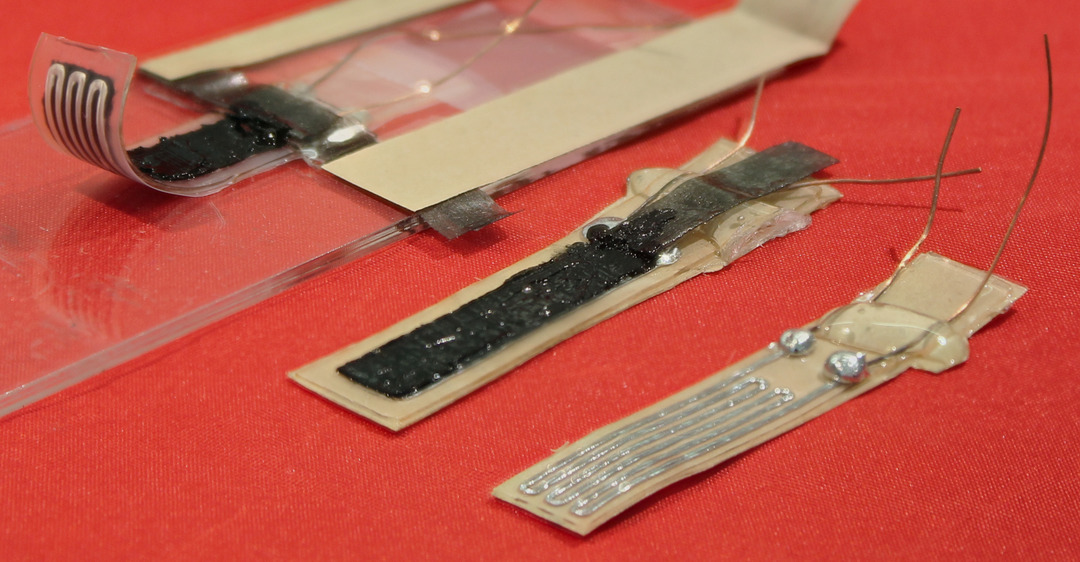
A new layer-by-layer fabrication process allows researchers to create new and improved soft robot actuators with variable degrees of stiffness.

Researchers develop microrobots that can sense their external environments and adapt their motion, similar to living organisms.
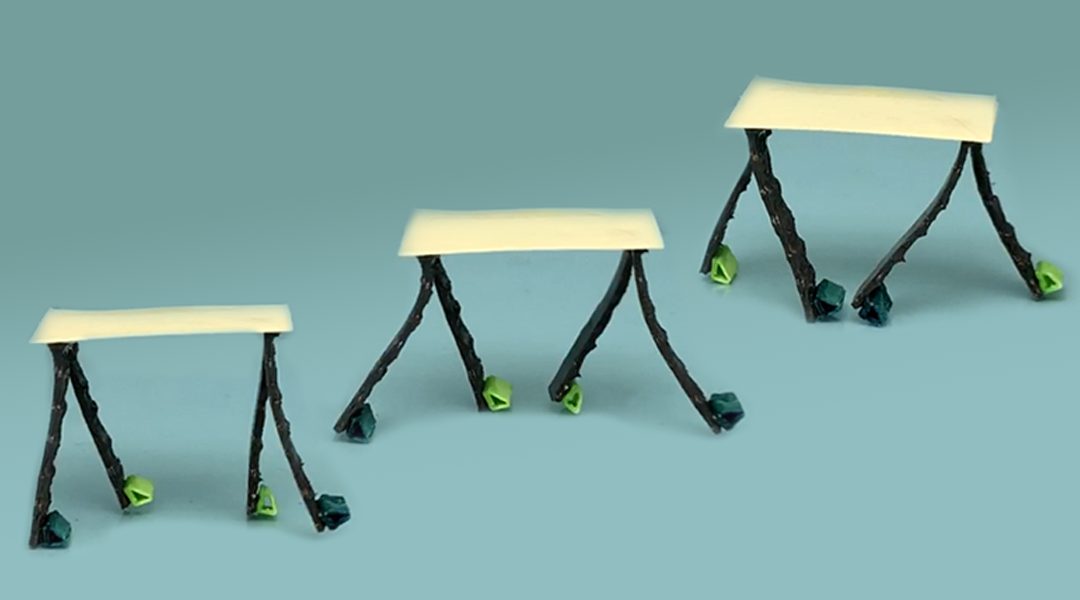
An automatic design approach with a new 3D-printing method is established to fabricate soft composites that can change to predetermined shapes and generate controllable robotic motions under a magnetic field.